I am trying to calculate both Simpson and Shannons diversity indices for a data set i have. My data is set out whereby my data is organised as species (observations) in rows and sites within a column. I am struggling to find any package that can be used as from what i have seen they always call for data organised with 'sites' as rows and 'species' as columns which is not how my data is organised.
Is there anyway I could calculate the diversity indices stated above with my data organised in the classic R way?
Here's a picture of my data. Each observation is a row
